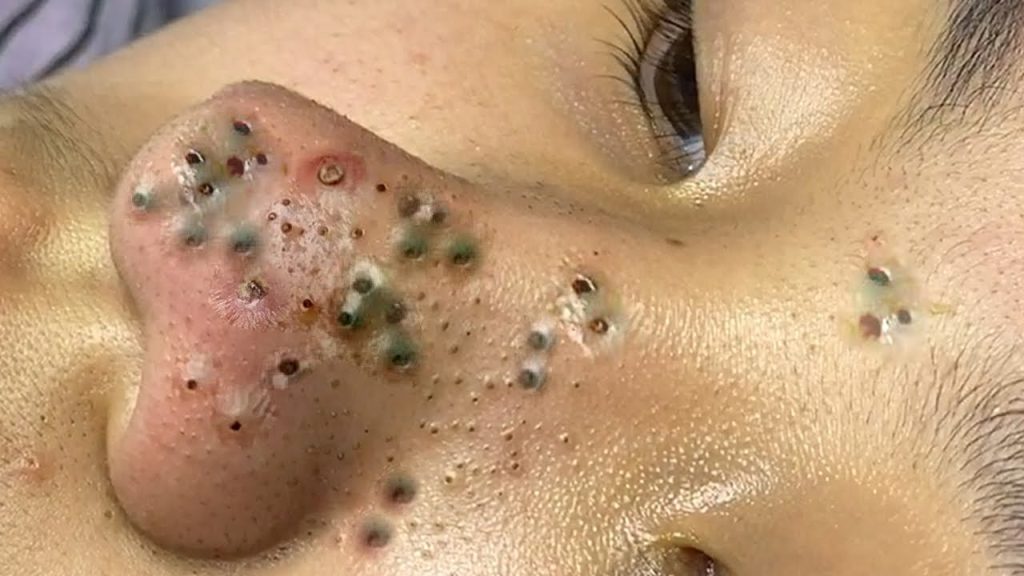Acne is a common skin condition that occurs when hair follicles become clogged with oil and dead skin cells. It can appear on the face, chest, back, and other parts of the body. Acne isn’t one-size-fits-all; there are several types, each with distinct causes and characteristics. Here’s an overview of the main types of acne:
1. Non-Inflammatory Acne
This type of acne is mild and does not involve redness or swelling.
a. Whiteheads (Closed Comedones)
- Appear as small, white bumps under the skin.
- Caused when pores are clogged with oil and dead skin cells but remain closed.
b. Blackheads (Open Comedones)
- Small, dark spots on the skin caused by clogged pores.
- The dark appearance results from the clog being exposed to air and oxidizing, not from dirt.
2. Inflammatory Acne
This type of acne involves redness, swelling, and can be painful.
a. Papules
- Small, red, raised bumps.
- Occur when oil and skin cells block pores, leading to irritation.
b. Pustules
- Similar to papules but filled with white or yellow pus at the center.
- Often tender to touch and may scar if picked.
c. Nodules
- Large, solid, painful lumps deep under the skin.
- Form when clogged pores lead to severe inflammation.
- Require medical treatment to avoid scarring.
d. Cysts
- The most severe form of acne.
- Large, soft, pus-filled lesions deep in the skin.
- Can cause significant scarring and are often treated with prescription medications.
3. Other Types of Acne
a. Acne Mechanica
- Triggered by heat, friction, or pressure on the skin.
- Often seen in athletes or people wearing tight clothing or gear.
b. Hormonal Acne
- Typically appears around the jawline and chin.
- Caused by fluctuations in hormone levels, such as during puberty, menstrual cycles, or stress.
c. Fungal Acne (Malassezia Folliculitis)
- Caused by an overgrowth of yeast in hair follicles.
- Appears as itchy, uniform bumps, often on the chest, back, or shoulders.
Treating and Managing Acne
Treatment depends on the type and severity of the acne. Options include:
- Over-the-counter products: Containing benzoyl peroxide or salicylic acid for mild cases.
- Prescription medications: Including topical retinoids, antibiotics, or oral medications like isotretinoin for severe cases.
- Professional treatments: Chemical peels, laser therapy, or drainage for specific cases.
Prevention Tips
- Maintain a consistent skincare routine.
- Avoid picking or squeezing pimples to reduce scarring.
- Use non-comedogenic skincare and makeup products.
- Keep your hands and face clean to prevent bacteria buildup.
Understanding the type of acne you’re dealing with is key to finding the right treatment. For persistent or severe cases, consulting a dermatologist is essential for effective management.

